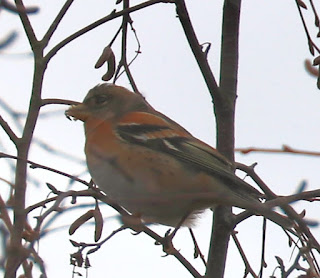The joys of Solitary Bees!
If I asked you to tell me two things about bees, what would you say? If you are reading my blog, you are probably interested in wildlife, so may know more than the average person…. but when I ask it to school pupils, they always say the same things… ‘They make honey’ and ‘They can sting you’. In fact, many are actually speaking about one species… the honey bee, when they say this. The vast majority of the hundreds of different bees living in the uk are very unlikely to sting you or actually incapable of doing so as they don’t even have a sting!
There are several hundred different types of bee resident in the British Isles. Basically, there are two different groups: social bees and solitary bees.
As their name suggests, social bees live in groups. Honeybees are particularly sociable and can live in groups of up to 50,000 together in a single hive. These are the bees most likely to sting but really only if you threaten their hive. Bumblebees are also social, but live in smaller groups of 50-150. Both types depend on queen bees who lay all of the eggs for the group. The rest of the social group then rend, feed and care for the eggs and larvae to raise the next generation of bees.
In contrast, solitary bees live on their own. There are over 250 kinds of solitary bee and they are the bees that use bee ‘hotels’ that are now easy to purchase from garden centres or even supermarkets! Different species like to nest in different locations. They can make burrows underground, in bare faces of rock, soil or sand, old wood, stems, holes and even masonry. A female solitary bee builds her nest and provides food for her young without the help of any worker bees. Despite this some solitary bees may appear to live in colonies, with many bees making their nests close to each other in a suitable piece of habitat, such as bee hotels or bare patches of soil or banks. These solitary bees rarely sting. In fact, the males don’t have a sting and the females rarely sting. This means you can have bee hotels in your garden and watch them at close quarters without fear of being stung… and I certainly do that both at home and at school, where I teach.
I love having these solitary bees in the garden… they are our primary pollinators and range in size from tiny fly-like bees, up to a more ‘traditional’ looking bee. I add to my bee ‘Plaza’ each year. I have a mixture of bought, adapted and home made bee ‘hotels’ that provide a range of holes for bees to nest in. Some are bamboo, others are holes drilled in untreated wood or logs.


At the beginning of the Spring, there are red mason bees using the tubes. These bees line the tubes with mud and make the chamber ‘doors’ out of mud too. Then I have a little lull in activity before the leaf cutters arrive. This has happened in the last week and I spent a long time watching them arrive at the nest, clutching their circular leaf, cut from nearby plants. It is most fun to watch when they reach the front of the tube and seal the entrance as this is the time that you can watch them most easily. I filmed them on my phone…
and took some pictures of them too…
These bee hotels also attract a range of other species. I am still learning, but some are cuckoo bees and others are parasitic wasps. They basically take advantage of the nectar and pollen that these bees have collected for the egg in each cell. These intruders lay their egg in the chamber too and the bee larvae is then killed and the parasitoid larvae takes advantage of the food supply and accommodation! I photographed this rather impressive parasitic wasp Gasteruption jaculator at one of the smaller sealed chambers. This uses its long ovipositor to lay an egg into the chambers.
I have created an experimental new bee hotel , after finding a load of the light weight ‘breeze’ block in an area I was cleaning. I wondered if any bees might use a material like that to nest in. I felt it was worth a try and, after googling it, I found a couple of people who have tried it with good success. These blocks are very easy to shape and drill into, but will absorb moisture, so need a roof of some type and I will bring it into the shed over winter. I think the red mason bees (who will nest in the mortar and masonry of buildings) may like it best, but I’m too late for them this year. The pictures below show how I made it… it took about 15 minutes to make and, if successful, I will make lots more as they are so cheap and easy to create.






I ensured that I blew out all the dust from inside the holes. I have had a variety of the smaller species take a look, but no one has actually moved in yet! Fingers crossed!
from www.wildlifekate.co.uk https://wildlifekate.wordpress.com/2019/07/13/the-joys-of-solitary-bees/











Comments
Post a Comment